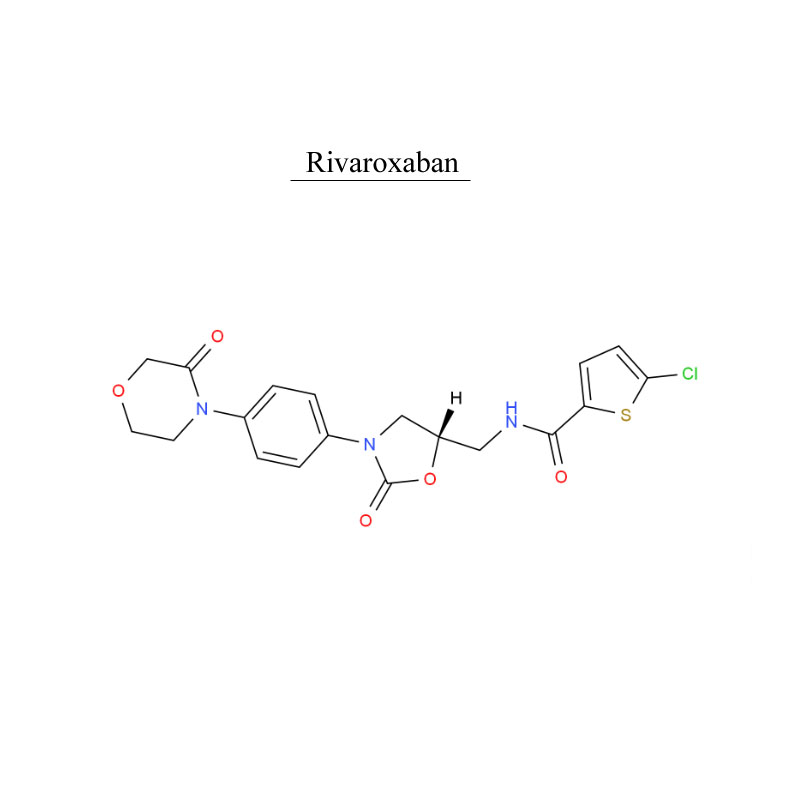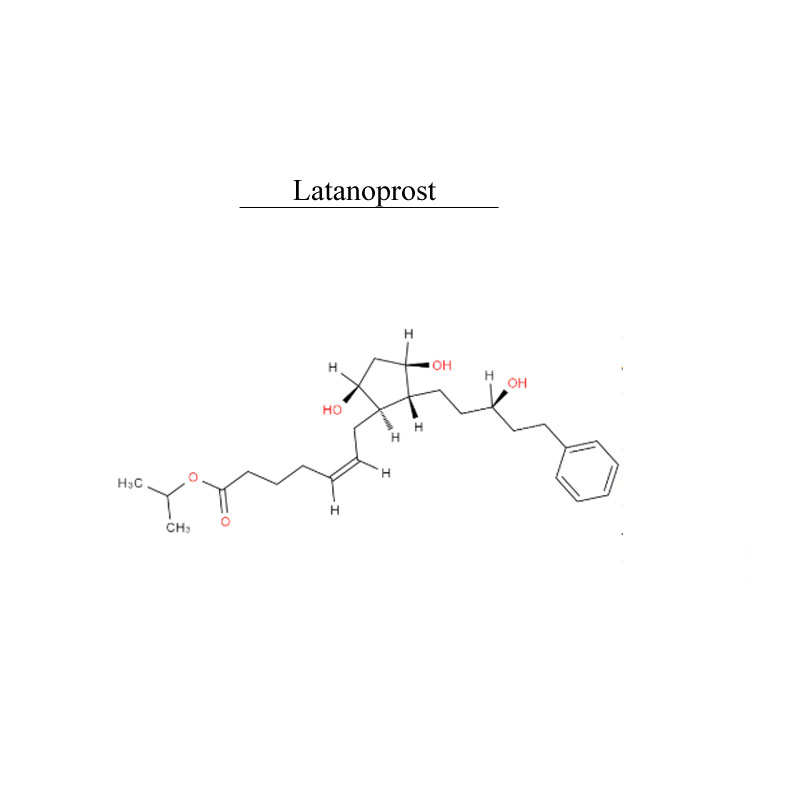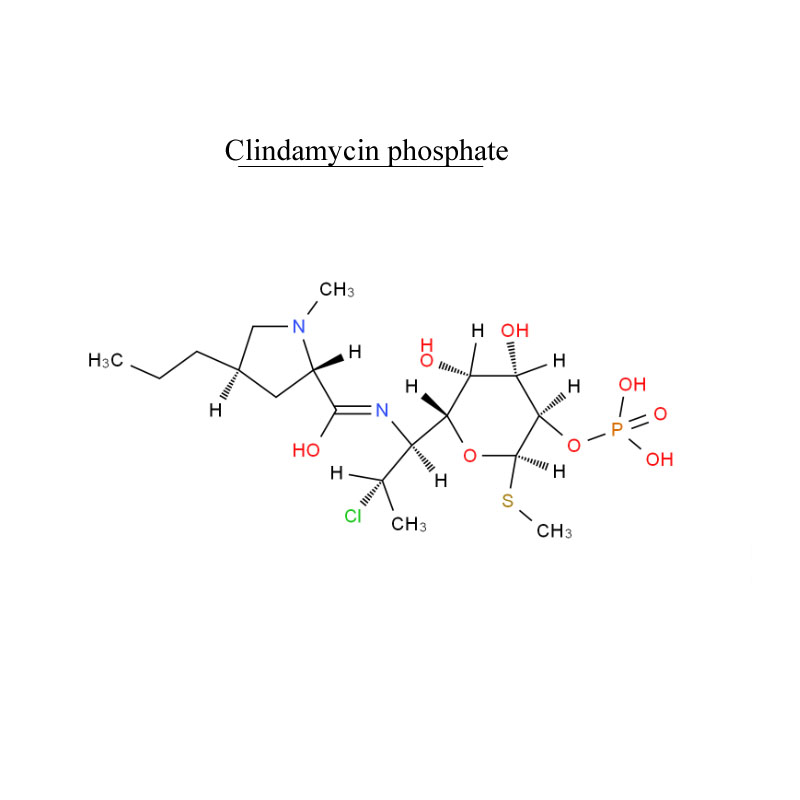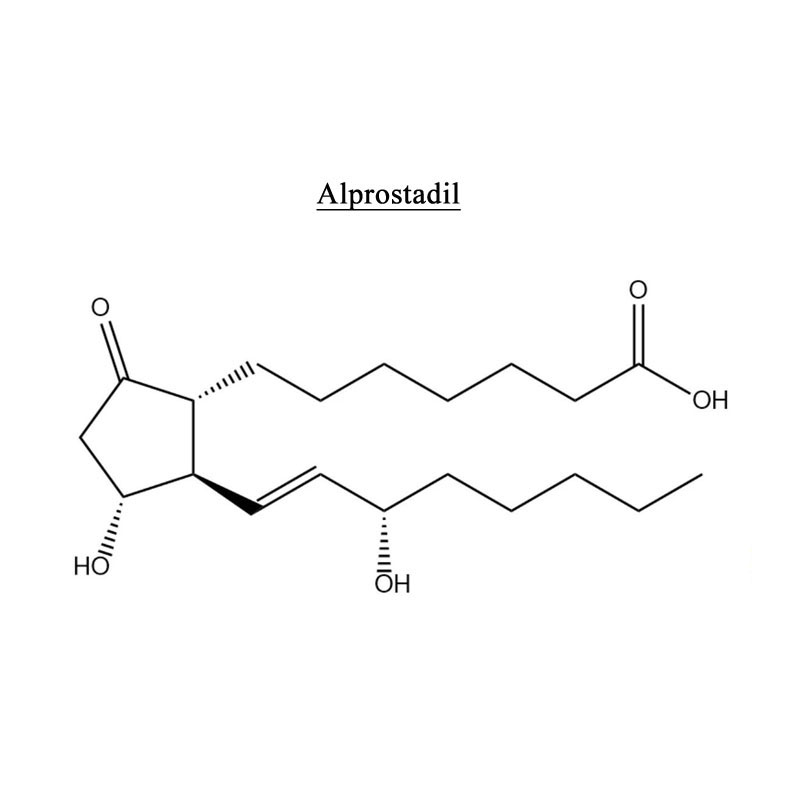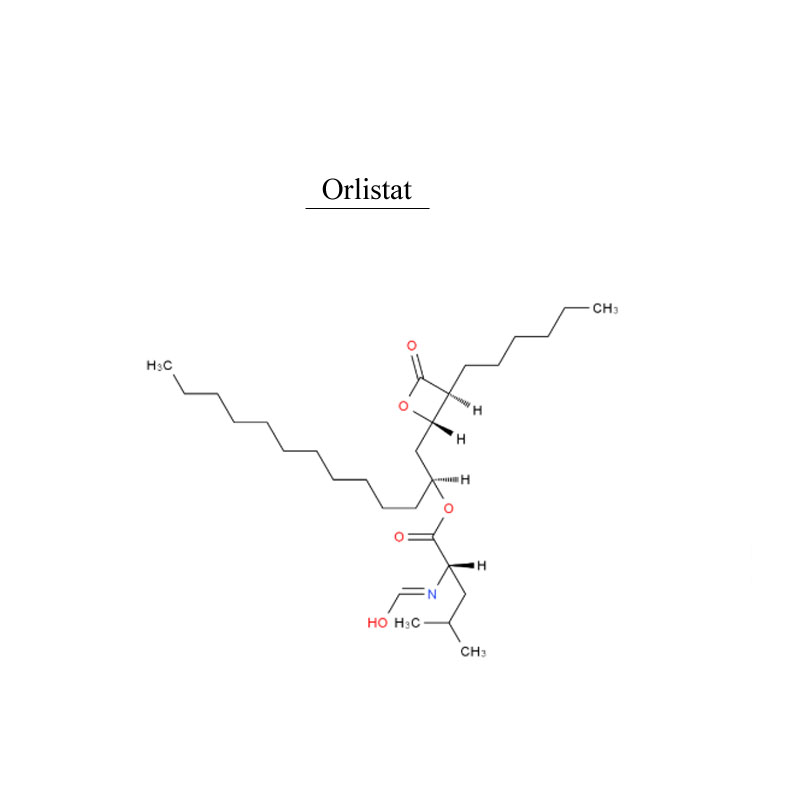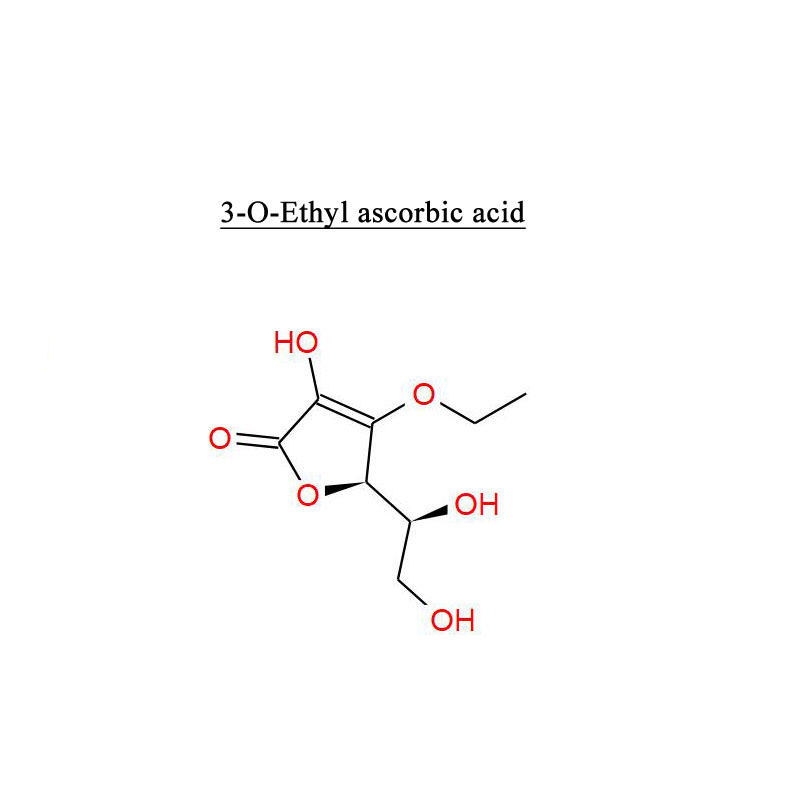Oxytocin 50-56-6 Hormone and endocrine Human use
Payment: T/T, L/C
Product Origin: China
Shipping Port: Beijing/Shanghai/Hangzhou
Production capacity: 1kg/month
Order(MOQ): 10g
Lead Time: 3 Working Days
Storage condition: 2-8℃ for long term storage, Protected From Light
Package material: vial
Package size: 10g/vial
Safety information: Not dangerous goods
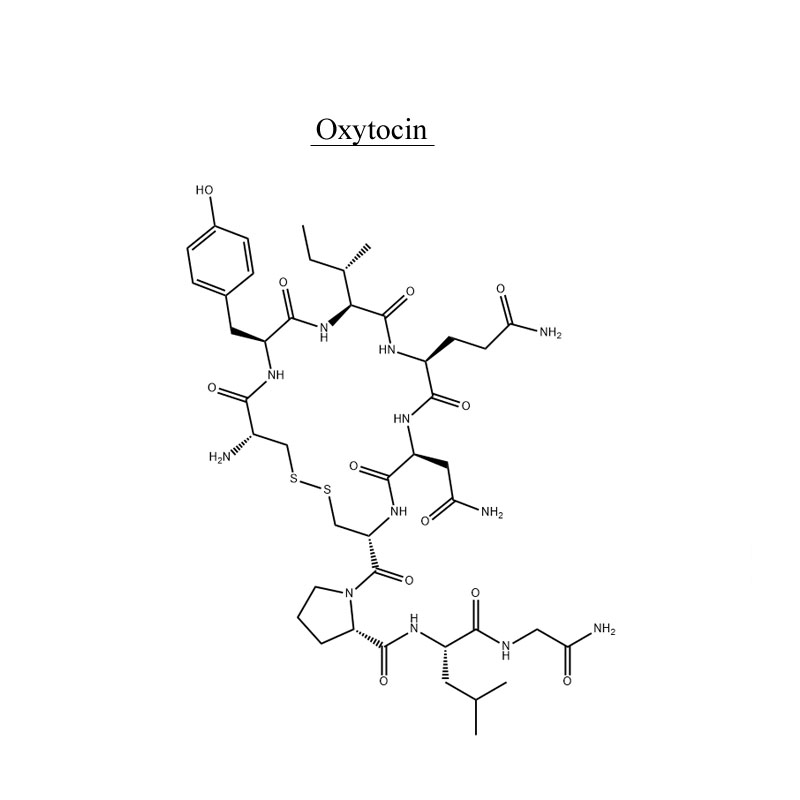
Introduction
Oxytocin, is a peptide hormone and neuropeptide, a kind of uterine contractile drug, which can be extracted from the posterior pituitary of animals or synthesized chemically. If synthesize by chemicals which does not contain vasopressin and have no pressure effect.
It can selectively excite the uterine smooth muscle and strengthen its contraction. The parturient uterus is most sensitive to oxytocin because of increased estrogen secretion. Immature uterus has no reaction to this product. The uterine response to oxytocin was low in the early or middle trimester of pregnancy, but increased gradually in the late trimester of pregnancy, and reached the highest before labor.
A small dose can strengthen the rhythmic contraction of the smooth muscle at the bottom of the uterus, strengthen its contractility, accelerate the contraction frequency, and maintain the polarity and symmetry similar to that of natural delivery. Therefore, it is clinically used to induce labor or oxytocia.
A large dose makes the uterine muscle contract in a tetanic manner. It is used clinically to compress the blood vessels between muscle fibers, prevent postpartum hemorrhage and incomplete postpartum involution. It promote lactation, shrink the mammary duct, and promote the discharge of milk from the breast. However, it can not increase the secretion of milk, but can only promote the discharge of milk.
Oxytocin is often combined with ergot preparation to treat postpartum hemorrhage. It is mainly used for induced labor in late pregnancy and delayed labor caused by uterine atony during labor. It’s also use for oxytocin sensitivity test and to assist in postpartum milk excretion.
Oxytocin is released into the bloodstream as a hormone in response to sexual activity and during labour. It is also available in pharmaceutical form. In either form, oxytocin stimulates uterine contractions to speed up the process of childbirth. Production and secretion of oxytocin is controlled by a positive feedback mechanism, where its initial release stimulates production and release of further oxytocin.
Specification (USP41)
|
Item |
Specification |
| Appearance | White or almost white, hygroscopic powder |
| Identification | HPLC: Retention time is the same with the reference substance |
| Molecular Ion Mass: 1007.2 | |
| Amino acid Content
Asp: 0.95 to 1.05 Glu: 0.95 to 1.05 Gly: 0.95 to 1.05 Pro: 0.95 to 1.05 Tyr: 0.70 to 1.05 Leu: 0.90 to 1.10 Ile: 0.90 to 1.10 Cys: 1.40 to 2.10 |
|
| Related substances | Total impurities NMT 5% |
| Water content (K.F) | NMT 5.0% |
| Acetic acid content | 6%-10% |
| Residual Solvents (GC) | |
| Acetonitrile | NMT 410 ppm |
| Methylene chloride | NMT 600 ppm |
| Isopropylether | NMT 4800 ppm |
| Ehtanol | NMT 5000 ppm |
| N, N-Dimethyl Formanide | NMT 880 ppm |
| Microbial enumeration | NMT 200 cfu/g |
| Activity | NLT 400 USP Oxytocin Units per mg |



